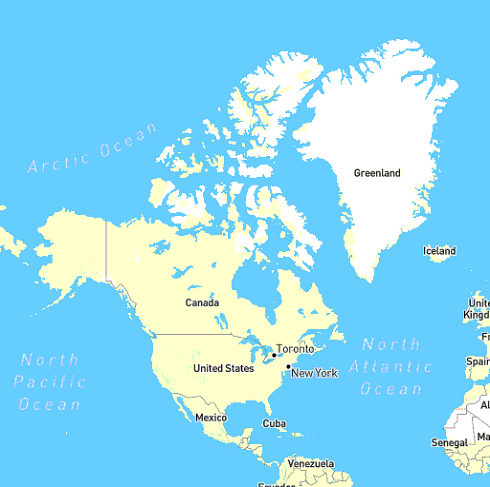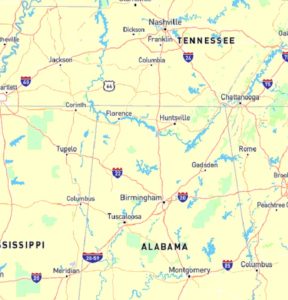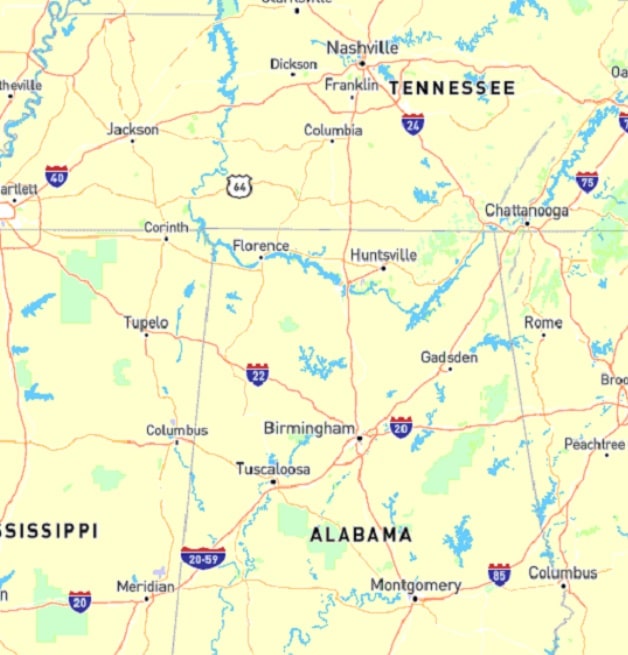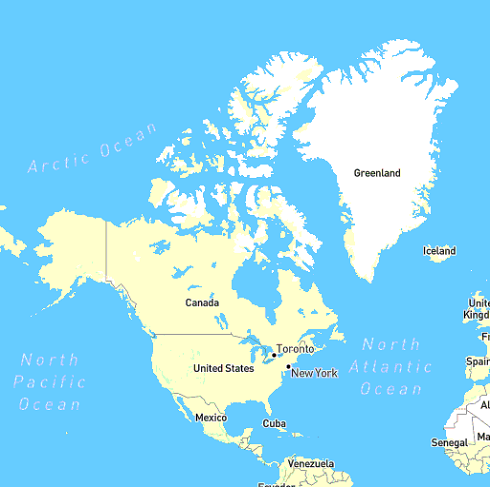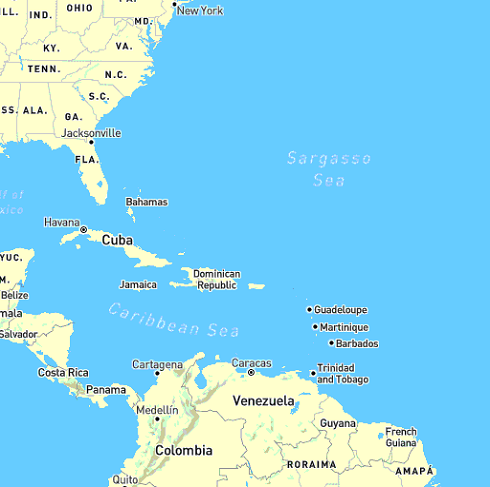Evansville, Indiana vs South Bend, Indiana Population and Size Compared
Evansville and South Bend are two significant cities in Indiana, each boasting its unique charm, history, and cultural offerings. While both cities contribute to the state’s diversity, they differ in size, population, and community characteristics. This article provides a comprehensive comparison of Evansville and South Bend, examining various aspects to help residents and visitors understand these two vibrant cities better.
Geographic Overview
Evansville, Indiana
- Location: Evansville is located in the southwestern corner of Indiana, along the Ohio River. It is part of Vanderburgh County and serves as the county seat.
- Area: Evansville covers an area of approximately 47.6 square miles (123.5 km²), making it one of the larger cities in the state. This size provides ample space for residential neighborhoods, commercial districts, and recreational areas.
- Topography: The city features a mix of flatlands and rolling hills, with the Ohio River playing a significant role in its landscape and economy.
South Bend, Indiana
- Location: South Bend is situated in northern Indiana, near the Michigan border, and serves as the county seat of St. Joseph County. It is located along the St. Joseph River.
- Area: South Bend encompasses an area of about 41.1 square miles (106.5 km²). The city’s size allows for a blend of urban and suburban living, with various neighborhoods and parks.
- Topography: South Bend features a relatively flat landscape with a few rolling hills. The St. Joseph River is a prominent geographical feature, contributing to the city’s recreational and aesthetic appeal.
Size Comparison
In terms of size, Evansville is larger, covering approximately 47.6 square miles, compared to South Bend’s 41.1 square miles. This difference in area allows Evansville to have a more extensive network of residential and commercial zones.
Population Statistics
Evansville
- Population: According to the 2020 Census, Evansville had a population of approximately 117,000 residents, making it the third-largest city in Indiana. The population has seen fluctuations over the years, but it remains a significant urban center in the state.
- Demographics: Evansville is known for its diverse population, including families, young professionals, and retirees. The city’s economy is influenced by various industries, including healthcare, education, and manufacturing.
South Bend
- Population: As of the 2020 Census, South Bend had a population of around 103,000 residents. The city has experienced a steady population since the late 20th century, with slight variations over the years.
- Demographics: South Bend’s population is diverse, with a significant presence of students due to the nearby University of Notre Dame. The city features a mix of cultural influences, reflecting its rich history and educational institutions.
Population Comparison
Evansville has a larger population, with approximately 117,000 residents, compared to South Bend’s 103,000. This population difference indicates Evansville’s status as a more significant urban center within Indiana.
Historical Context
Evansville
- Establishment: Evansville was founded in 1812 and was named after Colonel Robert Evans. It quickly developed as a center for trade and transportation due to its strategic location along the Ohio River.
- Economic Development: The city’s growth was fueled by industries such as shipping, manufacturing, and healthcare. Today, Evansville is known for its diverse economy, with a strong presence in healthcare and education.
South Bend
- Establishment: South Bend was founded in 1829, with its name derived from its location near the St. Joseph River. The city developed rapidly, becoming a significant industrial hub in the 19th and 20th centuries.
- Economic Development: South Bend has a rich industrial history, particularly in manufacturing and education. The presence of the University of Notre Dame has greatly influenced the city’s culture and economy.
Educational Opportunities
Evansville
- Schools: Evansville is served by the Evansville Vanderburgh School Corporation, which includes several elementary, middle, and high schools known for their academic performance.
- Higher Education: The city is home to the University of Southern Indiana and the University of Evansville, providing residents with access to higher education opportunities in various fields.
South Bend
- Schools: South Bend is served by the South Bend Community School Corporation, which operates numerous schools focused on academic achievement and extracurricular activities.
- Higher Education: The University of Notre Dame is a significant presence in South Bend, offering a range of undergraduate and graduate programs. Other institutions, such as Indiana University South Bend, also contribute to the city’s educational landscape.
Economic Conditions
Evansville
- Economy: Evansville has a diverse economy, with key industries including healthcare, education, manufacturing, and retail. The city has attracted various businesses, contributing to its growth and stability.
- Job Market: The job market in Evansville is robust, offering a range of employment opportunities in various sectors, making it an appealing destination for job seekers.
South Bend
- Economy: South Bend’s economy has historically been centered around manufacturing and education. The city has adapted to changes in the economy, with a focus on developing the healthcare and service industries.
- Job Market: The job market in South Bend offers various employment options, particularly in education, healthcare, and service sectors, driven by the presence of the University of Notre Dame and other institutions.
Community Life and Culture
Evansville
- Community Events: Evansville hosts a variety of community events throughout the year, including festivals, parades, and cultural celebrations that bring residents together and foster community spirit.
- Parks and Recreation: The city features numerous parks, recreational facilities, and trails, providing residents with ample opportunities for outdoor activities and leisure.
South Bend
- Community Events: South Bend is known for its vibrant cultural scene, hosting events such as art fairs, music festivals, and community gatherings that celebrate local talent and heritage.
- Parks and Recreation: The city boasts several parks, trails, and recreational facilities, offering residents outdoor spaces for exercise, relaxation, and community engagement.
Transportation
Evansville
- Transportation Network: Evansville has a well-developed transportation infrastructure, with easy access to major highways, including Interstate 64 and Interstate 69. Public transportation options are available, primarily serving local needs.
- Commute: Many residents commute to nearby areas for work, and the city’s layout allows for easy navigation and access to amenities.
South Bend
- Transportation Network: South Bend is connected to major highways, including Interstate 80/90 (the Indiana Toll Road) and U.S. Route 31, facilitating travel for commuters and visitors. Public transportation options are available through the South Bend Transpo system.
- Commute: The city’s infrastructure supports commuting to nearby regions, and residents can easily access various amenities within the city.
Conclusion
In conclusion, Evansville and South Bend are two dynamic cities in Indiana, each offering unique characteristics and opportunities. Evansville is known for its larger size, diverse economy, and vibrant community life, while South Bend is recognized for its educational institutions, cultural richness, and historical significance.
Both cities provide a range of amenities, educational opportunities, and community engagement options for residents. Understanding their differences and similarities can help individuals make informed decisions about where to live, work, and raise a family.
Whether one is drawn to Evansville’s bustling atmosphere or South Bend’s cultural depth, both cities offer valuable experiences for those seeking to establish their lives in Indiana.
